The Eastern European region belongs to those parts of the world in which agriculture continues to play a huge role. At the same time, if we compare the situation in the agro-industrial complex several years ago and today, it will become clear that this industry, in which it seems very difficult to invent something new, continues to develop rapidly. Agricultural financing comes either from the state budget, or comes from private entrepreneurs interested in a particular agricultural sector. So, what kind of investments in agriculture are, in principle, which ones prevail in Russia and what are the prospects for investment in the agricultural sector in the future?
And what are the pluses?
Before moving on to specific statistics, we should dwell on the advantages that investment in fixed assets of agriculture has. You can start with the fact that today, in the age of global pollution of the planet, many people are willing to overpay for products grown in conditions as close to natural as possible: with a minimum of chemicals, sometimes even damaged by pests (which emphasizes that the product is not stuffed with pesticides and others additives not always useful to humans).
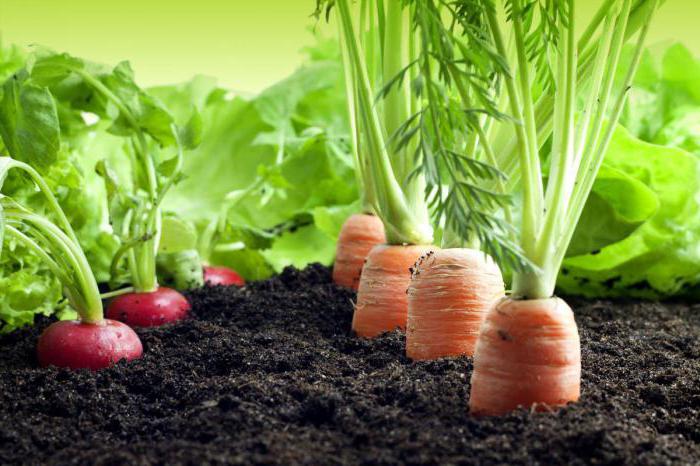
Eco-products are already considered a kind of brand, so those who invest in their production will definitely not lose. In addition, given the food embargo now in force in the Russian Federation, the government strongly supports those who have undertaken to replace foreign fruits, vegetables and grains in the domestic market, so that, in addition to profits from sales, the potential investor will receive assistance from the state.
State aid
And now let us dwell in more detail on what private entrepreneurs invest in agriculture. Firstly, the state offers farmers grants for the development of their economy: the construction of necessary buildings (warehouses, premises for animals and other things), the creation of infrastructure (laying roads, conducting communications to the farm), sometimes even the purchase of land is financed. The only thing to keep in mind is that the farmer is obliged to report on all the funds allocated to him, showing that they are not wasted, but used for their intended purpose. Subsidizing allows businessmen to cover debts for already acquired equipment and to modernize the economy - there is no need to report on this. Another option for encouraging investors is to compensate for their costs of developing a farm.
General situation
Well, now is the time to analyze the amount of investment in agriculture. According to the Federal State Statistics Service, every year the level of investment activity in this area is increasing, and the productivity of this sector of the economy is also growing in direct proportion to it. An interesting point here is that absolutely all regions of the Russian Federation actively participate in the agro-industrial complex and demonstrate a steady development trend. Of course, the south of the country, where the climate is warmer and the soil is more fertile, shows better results than the Far East, where it is very difficult to grow something, but the vast territory of Russia allows each region to choose its specialization in the agricultural sector based on the climatic conditions and the landscape region of animals, fish, birds, plants growing there.
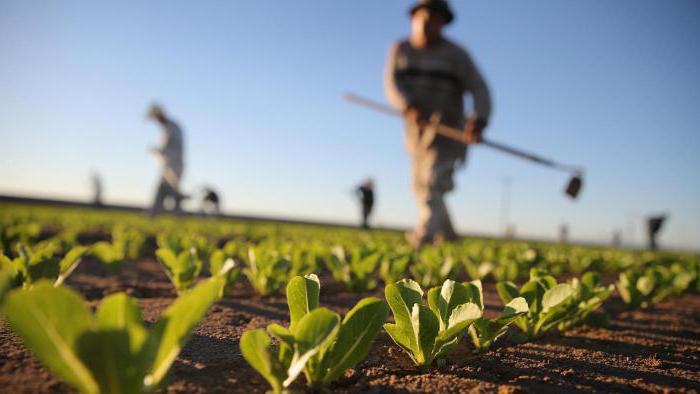
It is worth noting that the government liaises with all regions to monitor the current state of agriculture. It is likely that such control is one of the key reasons for such an active development of this sector of the economy.
Trends
Given the situation with sanctions that Russia has faced in recent years, the country is forced to reorient its agriculture to the production of its own products that would be competitive with illicit goods. The embargo allowed to reduce imports, thereby stimulating the development of the domestic economy. Over the past year, the production of meat and meat offal increased by 13%, poultry meat - by 11%, cheese products - by 28%. But the problem is that in technical terms (equipment, seeds, some chemicals necessary for industry), Russia remains dependent on Western countries, so it’s impossible to say that the country has completely and completely switched to import substitution. The most actively developing sectors of the agro-industrial complex today are crop production, fruit storage and dairy production. Interest in the fishing industry is gradually growing, but still they invest in it much less than in animal husbandry. Summarizing all of the above, we can safely say that the food embargo and the need for import substitution are almost the determining factors for investment in Russian agriculture today.
Agricultural problems
However, not everything is so smooth. Certain problems exist in the dairy sector. Firstly, during the crisis, customers prefer cheaper processed cheeses, that is, those who invested in cheese products, focusing on the long-beloved semi-hard and hard "Kostroma", "Poshekhonsky" and other cheeses, were the losers.
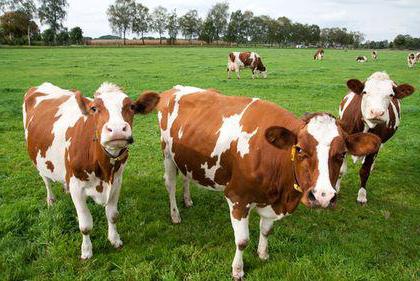
With the development of dairy farming, the share of counterfeit products in this sector of the agro-industrial complex is also growing: there are butter with a minimum fat content, made mostly from chemicals rather than milk, and fake cheeses, whose real fat content is much lower than declared, are also coming to the market. That is why, before making investments in Russian agriculture, it is necessary to analyze the situation in a particular sector of it in order to find out whether it is safe and, most importantly, to invest money profitably.
Barriers to investing
But the situation in a particular agricultural sector is not the only thing that holds back private investment in agriculture. Investor proposals are not received as often as they could, due to the danger of lifting the food embargo. With the lifting of sanctions, imports will resume, competing products from abroad will easily squeeze out domestic counterparts that still cannot achieve the required level of quality. The second problem is the significant costs associated with ensuring year-round production. According to experts, the delivery of products from, for example, the Krasnodar Territory, where climatic conditions are not subject to strong changes during the year, will be cheaper than creating an agro-industrial complex with all the necessary greenhouses somewhere in the Moscow region. The next negative point is the instability of the ruble exchange rate, which severely limits potential investors in the purchase of foreign equipment, feed, seeds. The lack of insurance in the event of force majeure circumstances, which will cause damage to their economy, will discourage potential investors: according to current legislation, only a third of its expenses are compensated to the producer. Agriculture also lacks qualified personnel: specialties related to the agricultural sector are unpopular among young people, and the infrastructure in areas where there are farms is not always developed, which does not allow attracting specialists from other regions.
Development projects
But, despite all the difficulties, it is real investments in Russian agriculture that make it possible to build a large number of agricultural enterprises of various kinds. It is planned to launch greenhouse complexes in the Lipetsk and Kaluga regions (the largest agro-industrial complex in Russia, 1,200 jobs), Dagestan and the Krasnodar Territory. The construction of the respective complexes and the development of poultry farming are carried out in Naberezhnye Chelny, Rostov (turkey and duck meat) and Orenburg (duck meat) regions. The development of pig husbandry is a priority - complexes are being built in the Voronezh, Chelyabinsk, Pskov, Tambov, Kemerovo regions, Primorsky Territory and Bashkiria. Lipetsk region will try to combine the production of poultry and pork. Breeding and processing of fish will fall on the shoulders of Adygea. Cattle meat production will reach a new level in the Bryansk region. Agrotechnopark, which plans to develop all areas of agriculture, in 2022 should be launched in Dagestan.

Raw materials will be processed in Omsk. The Stavropol Territory will help the South and North Caucasus in the storage, processing and sale of products. That is, we can safely say that agriculture is not only not in a state of stagnation, as is commonly believed, it is also actively developing, covering more and more territories.
Investing in exclusive
Investments in agriculture, by the way, can be associated with exclusive products on the world market. It is on the territory of Russia that rare seafood such as the Baltic sea urchin, the Murmansk scallop, the Magadan trumpeter, the Black Sea oyster and the jellyfish are caught. As for fish farming, the Russian Federation boasts delicious St. Petersburg smelt, hamsa and Arkhangelsk toothfish. It is unlikely that in another part of the world you can find the famous Russian black truffle and try the Yakut horse meat, meat of the Dagestan tour or Tuvan yak.
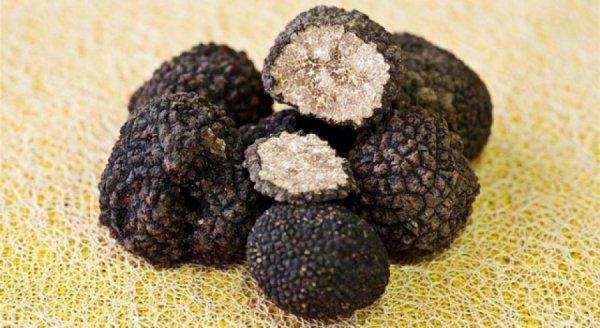
The vast territory of the country allows us to produce not only standard cow or goat milk, but also milk of yak, elk and deer. Special attention should be paid to birch bast (a special type of bread that helps fight obesity), fern (used in soil formation), honeysuckle berries (a storehouse of biologically active substances), fir cones (health tinctures are made of them). So, investments in agriculture, if they are sent to the right region, can bring much more profit than originally planned.
State investment
But still, who is investing in the development of the country's agro-industrial complex? Of course, one of the main sources of financing is government investment in agriculture. Most often, it is with the funds of the country that new complexes and factories are built, greenhouse farms are created and infrastructure is developed in regions promising for the development of the economy. Public finances are spent on land reclamation, environmental protection, the creation of normal living conditions in rural areas, the introduction of resource-saving production technologies, the provision of working capital for farms, the implementation of scientific and technological progress and other issues relevant to the agricultural sector. At the same time, it is the government that plays the main role in the regulation of investment activity, therefore, it depends only on it how promising private investors will be in agriculture.
Investment funds
Separately, it is worth allocating funds for investment in agriculture. Typically, such structures are created with the participation of foreign investors. For example, in 2015, with the support of Gazprombank and a number of Chinese banks, a fund of $ 5 billion was set up aimed at developing infrastructure in agriculture and improving the material and technical base (according to experts, half of the equipment used today in the agricultural sector is worn out and must be replaced). It is worth noting that China is one of the main partners of Russia in the development of the agro-industrial complex.
Help from China
Often, foreign investment in agriculture comes from China.The neighbor is interested in the development of the Far Eastern region (about $ 13 billion is planned to be invested there). At the same time, such investments cause concern for a number of specialists: they say that the use of Chinese technology, fertilizers, labor will negatively affect the state of soils and the environment - China is reminded of the actual destruction of the fertility of its own lands during the course of active industrial development.
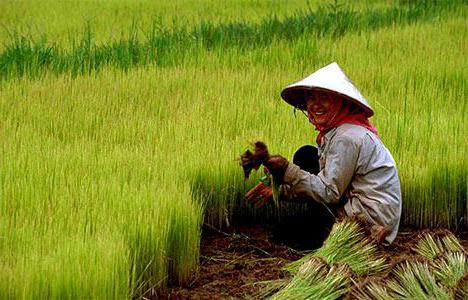
Their opponents believe that foreign labor will resurrect the villages that are dying today and will be able to use the land abandoned due to lack of working hands for its intended purpose. But the Chinese side very selectively allocates investments in agriculture. Statistics show that crop production is especially attractive for her, and it is precisely those sectors of it that generate quick income (for example, soybean cultivation), while China is not very interested in animal husbandry. Experts agree that the state today allocates insufficient funds for the development of the agricultural sector, so foreign investment will help change the situation for the better.
Other foreign investors
Real investments in Russian agriculture today are mostly owned by foreign investors. It is expected that they come from the East - Thailand, China, Singapore, the Middle East. Their share over the past year has grown by 30%, which with confidence allows us to talk about the increased investment attractiveness of such a vast region. By the way, investments in agriculture were aimed at the development of dairy production and poultry farming, as well as the modernization of production capacities of large food producers.
Conclusion
Investing in Russian agriculture is a separate topic for discussion. There are pluses (for example, the exclusivity of certain food products, the need to develop import substitution), and disadvantages (such as underdeveloped infrastructure, outdated equipment, investment risks) investments in the agricultural sector. The state provides feasible support to private investors, while expanding the production capacities of some sectors of the agro-industrial complex using its own funds.
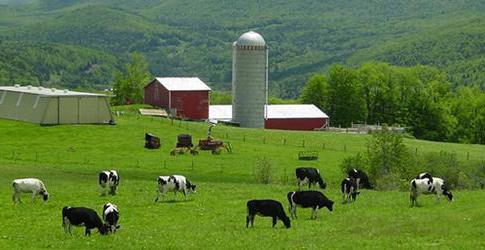
Recently, there has been a sharp increase in the amount of foreign investment, which, with a lack of state funding for this industry, has a positive effect on the state of agriculture. It is still difficult to make any forecasts regarding the state of the agro-industrial complex in the near future, but still, today's trends allow us to hope for the best.